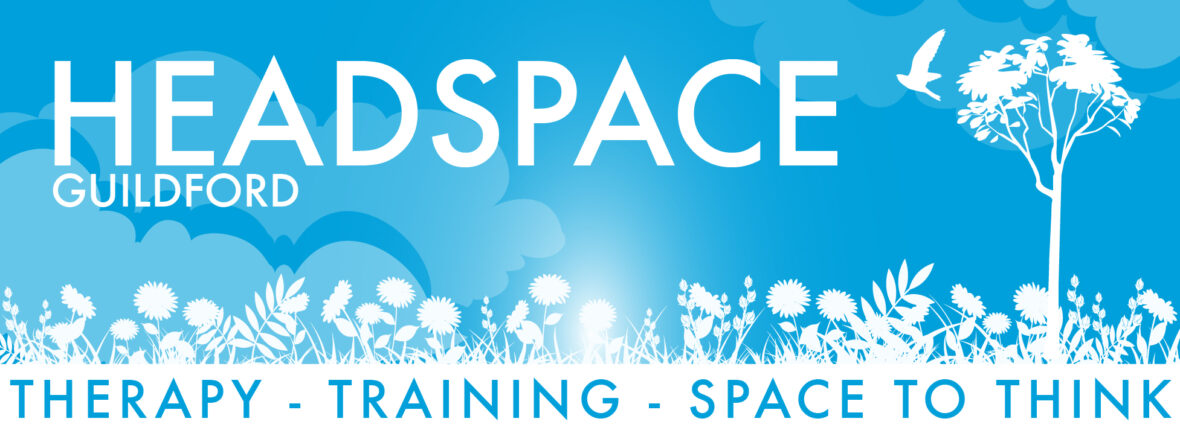Usually at this time of year I write a post about going back to school and perhaps how anxious you, or your children (or both) are feeling about this. As ever, much of our work at this time of year is about this. So if you’re nervous about going back to school do check out this blog (Back to school worries: NRTIHRN).
But today I thought I’d focus on a skill which will help if you are feeling anxious about starting back at school, starting a new school, your child returning to school or anything else really.
Regular readers of our blog will know that at Headspace Guildford, I’m raising a puppy at the moment, and one day she’ll be a grown-up therapy dog. It’s so interesting learning about puppy training on the back of all I’ve learnt and absorbed about child raising and parenting and behaviour management. There are many parallels but also some differences. Dogs grow up much faster which means that we have to really put all our energy into helping her acquire the skills she’ll need when she grows up. But dogs never acquire complex language and don’t need the same kind of stimulation or teaching that children require. However there are enough similarities to be able to transfer some of the skills across.
One of the things that we focus on is helping dogs when they are feeling emotionally aroused or anxious. We teach them how to settle, to lie down, to be calm. I don’t personally think we spend enough time teaching the same thing to our children. From when they are tiny we are so often looking to stimulate them, to fill their time with classes, tummy time, baby gyms, playdates, piano classes, swimming lessons, drama school, tutors, chess club (I could go on for hours here!). But what we often don’t do is give them enough time where we are helping them to be calm by actively regulating their feelings.
With a dog, you get them to learn to lay down (and reward appropriately) and when they are anxious (‘woah, I see a another dog over there, I’m scared….’) we actively work to bring their attention back to us and move on from the situation, teaching them that being with us and being calm is more rewarding than being hyper stimulated. So, a well trained dog (hopefully that will be us one day!) will lie down on command, and be happy just chilling near it’s people.
We can teach ourselves or our children the same skill. We can help them to be near us and feel relaxed and calm. We do this firstly by being calm ourselves, taking a few breaths, recognising that the situation probably isn’t worth getting too wound up about. Just by doing this we already help to regulate our child. Then we validate how they feel (rather than dismissing it). We do this by words (like ‘I’m sorry, that looks like you are really disappointed about that’ or ‘I wonder if you’re feeling really nervous about school’) and non-verbal cues such as an empathetic face or listening carefully with nods and leaning forward to show that we recognise where they are in their feelings and the matter. Then we can help them to breathe, to calm down just by sitting an being calm, by taking time rather than rushing onto the next thing. Settle next to them and be calm together.
This is a skill. It takes time and practice to learn. It takes getting it wrong and trying again. It’s like learning to learn a new pass in football or learning to play a new computer game. You aren’t good at it straight away – because it’s hard and new. But like any new skill, with practice you improve and then you can build – increasing the time you’re in you calm state, and being calm and settled whilst doing things. But for now, at the start of term, with the year we’ve had, start small and breathe, and be calm just for a moment or too. It will do you the world of good.
